Where to eat in Madrid: From tapas to fine dining
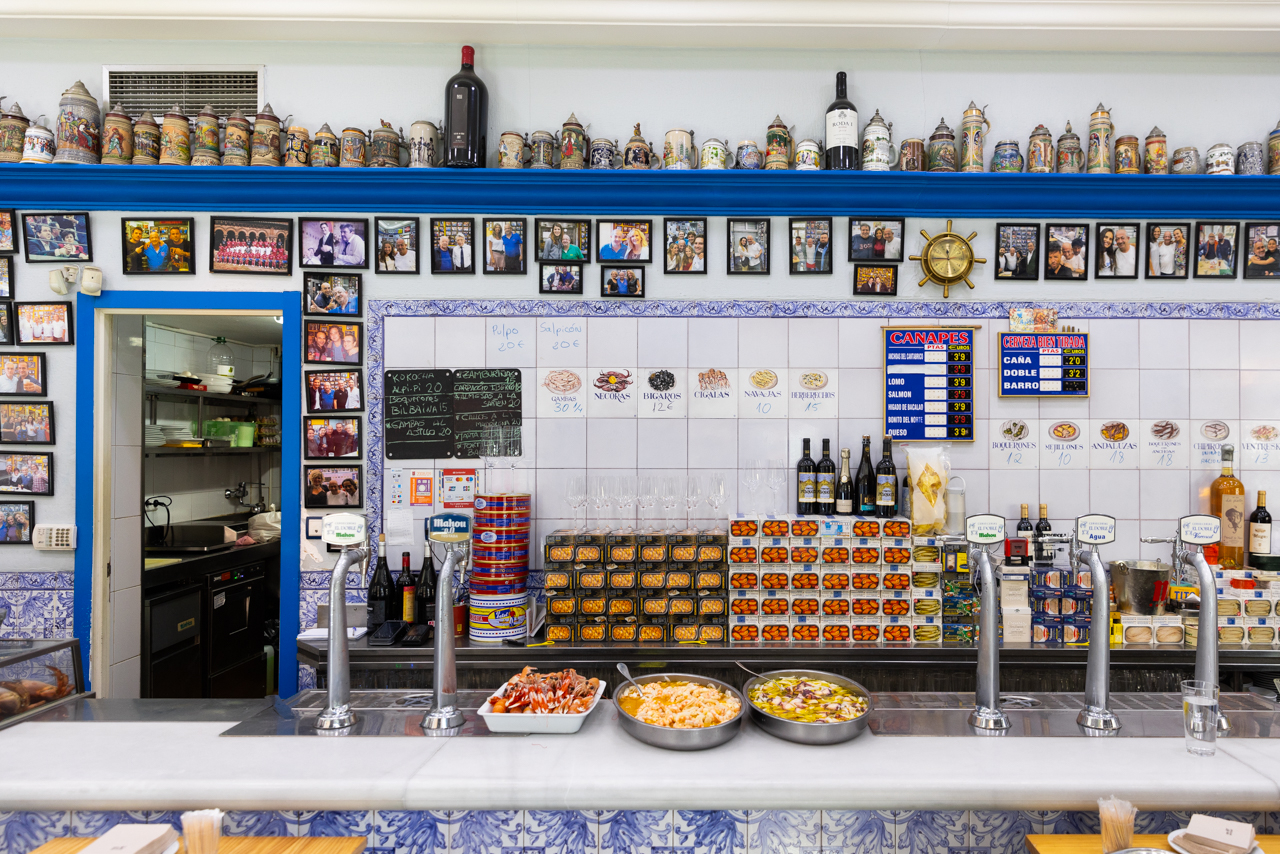
When it comes to culture, Madrid has long been considered one of Europe’s major players, known for its rich history, striking architecture and a world-class art collection tastefully scattered throughout the city’s many galleries and museums. However, over the past decade, the Spanish capital has also been experiencing a culinary renaissance, gradually reinventing itself as a foodie destination that threatens to steal the spotlight from the ever-popular coastal banquet of Barcelona. Madrid, like any growing international metropolis, is more business-oriented than its Catalonian cousin, with concept-led ventures aiming to draw in discerning diners from across the globe. But make no mistake: this doesn’t detract from the charm of the local food scene; instead, it drives innovation among the city’s top creatives, be they street traders or Michelin-starred chefs.
We’ve been on a few trips and tried it all, from markets to tapas bars and fine-dining restaurants. Here are our top tips for seeking out the best plates in Madrid.
Calle Ponzano
This is where you want to eat tapas in Madrid. Begin at the top of the calle with croquetas at Neotaberna de Santerra – these won the title of best jamon croquetas in Spain back in 2018 and, for good measure, clinched victory yet again at the most recent awards in 2022. Proceed down to El Doble, a cerveceria that specialises in seafood. You won’t find this spot on Instagram (but you can search the location), nor will you be able to book a table, which is perhaps part of what maintains its unapologetically authentic charm. Picture a façade adorned with traditional hand-painted tiles, some of which also grace the tavern interiors, where you’ll be greeted by an entire counter laden with large bowls of cured seafood of every variety, as well as the finest canned produce. Enjoy a draught beer – the brewery is renowned for its “doble”, similar in size to the British pint and held in the same cultural esteem – and sample Galician-inspired plates alongside their iconic ensaladilla rusa. Lastly, don’t forget to save room for SDD (Sala de Despiece) and its small yet sophisticated dishes. If you’re up for a proper crawl, you could also stop by Candeli or delve into contemporary Basque cuisine at Arima.
Dstage
Diego Guerrero’s restaurant is as exceptional as it is divisive. The Basque chef, who trained in kitchens including Martín Berasategui’s and the iconic elBulli, has honed a distinctly experimental style of cooking that defies conventions, whilst showcasing his interest in the potential of fermentation. We sampled some incredible creations such as the inculated cauliflower stem so that it transforms into a bone marrow-like texture, as well as the vegan chorizo (which you will only be told is plant-based after tasting it, having been fully convinced it was made with meat) and the incredible fish aged in rice. The restaurant’s ethos is also somewhat unconventional: with laid-back service and industrial design, Dstage breaks away from the fine dining mould, and boasts a fantastic Dpickle speakeasy bar downstairs for a refreshingly informal experience.
Smoked Room
Dani Garcia caught the entire food world off-guard when he closed his three-star in Marbella just a few days after receiving the ultimate accolade from Michelin – and only weeks before covid hit with full force. Fast-forward a mere two years, and he opened Smoked Room in Madrid, an omakase-style restaurant featuring a six-seater counter and two tables for four, which received two stars in just six months, sparking further chatter. With Italian talent Massimiliano Delle Vedove as head chef (formerly of Mont Bar in Barcelona), this place is a culinary temple. The menu features Garcia’s classics, such as the nitro tomato, but the true highlights are the “regular” dishes, like the percebes or the citric tomato dashi.
A’Barra
A’Barra is the Michelin-starred restaurant from the Joselito family, the royalty of Iberico ham. What sets this place apart is its dual nature, offering two distinct dining experiences: a more traditional one with white tablecloths and formal service, and a more interactive counter option where chefs cook directly in front of you. The latter is more experimental and ideal for those intrigued by avant-garde food. Dishes include the likes of French-pressed red prawns from Denia for a red dashi infusion; smoked brioche with foie gras essence; Iberico ear and jowl noodles with smoked eels; and Cantabrian sea urchin in a mushroom and hare broth.
Noi
Chef Gianni Pinto skilfully adapted the classics of Italian cuisine to suit the tastes of Madrilenians, without disrespecting the traditions of his home country. The result is impressive, with simple yet striking flavours and a subtle mastery of Spanish-style sauces. Driven by a deep respect for raw ingredients, the menu takes diners on a journey from Northern to Southern Italy, accompanied by warm and friendly service. The highlights of our meal were the sea urchin carbonara (truly delicious) and the tonno tonnato. The latter is inspired by vitel tonné, but instead of veal, a red tuna carpaccio is covered with an emulsion of tonnata sauce.
StreetXo
DiverXo is likely the most famous restaurant in Madrid. The visionary behind the venture, Dabiz Muñoz, won the Best Chef Award consecutively in both 2021 and 2022 and is set to reach the top of the 50 Best list in the coming years. It delivers a fantastic, cutting-edge three-star meal, but if you’re seeking something a bit less complicated and time-consuming – yet still creative and funky – head to StreetXo. Situated on the rooftop of one of the Corte Ingles, this bistro boasts a menu that must be seen to be believed. Seats can’t be reserved, but you can be sure it’ll be worth the queue, with whimsical, globally-inspired options such as Korean Lasagne, Robata Pigeon Tandoori and grilled blonde beef with Basque-Vietnamese salad. It’s delightfully mad in the most beautiful way possible.
Casa Padre
For simple, very traditional food, Casa Padre is an absolute joy. It might take a bit of a trip to get to, but this really is the ultimate authentic restaurant. When we paid it a visit, we were told that in its history, which dates back to 1702, it closed only during covid – not even the civil war in the 1930s had stopped it from trading. The family’s latest heir, Irene Guiñales, was unlucky enough to have the weight of this situation fall on her shoulders, but luckily for us, she was able to weather the storm. Aside from the delicious croquetas, you must try the Callos a la Madrilena, a traditional tripe dish, as well as the unbeatable jarrete de cordero (lamb shank).
Mercado de San Miguel
For a meal with a meaty history, this market is just the ticket. Located around the corner from the iconic Plaza Mayor, it was originally built between 1913 and 1916, and was relaunched in 2009 as an upscale food court. Unsurprisingly, with its central position, this gastronomic haven is a tourist hotspot, which prior to the pandemic drew in ten million visitors each year. Nonetheless, if you are able to contend with the crowds, you will find a treasure trove of the country’s best produce. Wind you way through more than 20 stalls selling everything from fresh tapas to fruit and vegetables, meat and fish, pastries and cheese, all of which span across the vast and varied regions of Spain.
Mercado de Antón Martin
For a more urban experience that takes you a little off the tourist trail, it’s worth trying Mercado de Antón Martin. This market, spread across three floors, dates back to the 19th century but was rebuilt in 2011 and refurbished in 2021, becoming a popular spot for locals. The space was designed with sustainability in mind, with a floor crafted from recycled molten basalt and a central skylight that collects energy. More than that, though, the food is the real deal. Drop by the many takeaway stands or for a great sit-down meal, stop at Sincio, a traditional spot which prepares premium produce using modern techniques, for a great marriage of old and new. Or opt for La López, whose menu comprises a mouth-watering selection of tapas, stews, offal and traditional dishes – it’s an unusual find for this type of setting, and something of a hidden gem.
Where to stay
Once you’ve sorted out the restaurant choices in Madrid, the vibrant and historic Spanish capital, it’s essential to find a centrally located place to stay that will be your sanctuary amidst the urban hustle. A hotel that combines exceptional service, luxurious amenities and an inviting atmosphere is vital to make your visit both pleasant and unforgettable.
Last year, the Edition hotel arrived in Madrid, perfectly encapsulating the essence of the city while offering a chic, contemporary retreat. Situated just a few minutes’ walk from the bustling Sol and historic Plaza Mayor, the hotel’s prime location makes it an ideal choice for discerning travellers. The sleek design of the Edition, complemented by top-notch service, a stunning rooftop pool, and two enticing restaurants, creates an irresistible urban haven.
Indulge your taste buds at Jeronimo, the first European venture of renowned chef Enrique Olvera (Pujol, Mexico City). There, you can savour exquisite tostadas, tiraditos, cochinita pibil (made from Iberico pork) with nixtamalised tortillas, and a fantastic selection of Agave. Alternatively, immerse yourself in the vibrant flavours of Peru at Oraya, the brainchild of chef Diego Muñoz. Serving family-style tapas plates in a relaxed atmosphere, Oraya’s diverse menu recounts Peru’s rich cultural history, showcasing culinary influences from Spain, Africa, Italy, China and Japan.
Art, parks & coffee
Madrid is not merely about eating and sleeping; the capital boasts an impressive array of world-class museums – El Prado, Thyssen-Bornemisza, and Reina Sofia (collectively known as the “golden triangle of art”) – and stunning parks. El Retiro, part of the UNESCO-protected Paseo del Prado, offers a verdant escape within the city. For a picturesque view, visit the smaller Parque de la Montaña just before sunset, where you can watch the sun descend over the capital from the top of a hill, framed by an ancient Egyptian temple behind you (a gift to Spain in the 1960s following the construction of the Aswan Dam).
Last but not least, coffee is more than just a drink in Madrid; it’s a culture unto itself. Whether you’re seeking the perfect café for remote work, hoping to immerse yourself in local life, or simply craving a cup to enjoy as you stroll through the city, Madrid offers a wealth of exceptional options. We recommend the trendy Acid Café, Cientotreinta Grados (for incredible pastries as well), and the charming, traditional coffee roaster Café Angélica.
Food Desk
Photos: Filippo L’Astorina (except StreetXo, Madrid Edition)

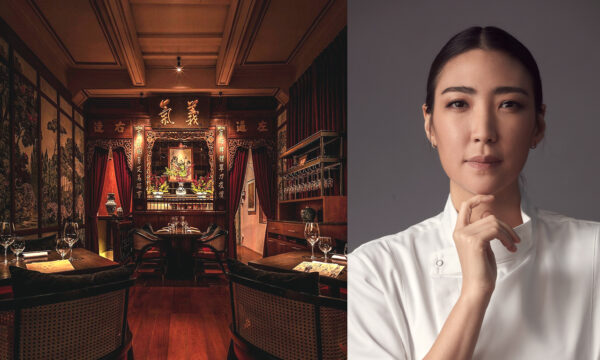
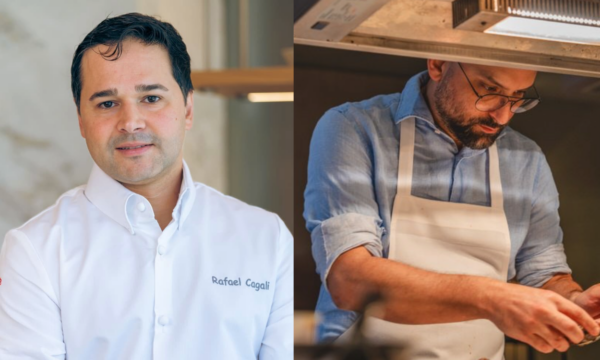
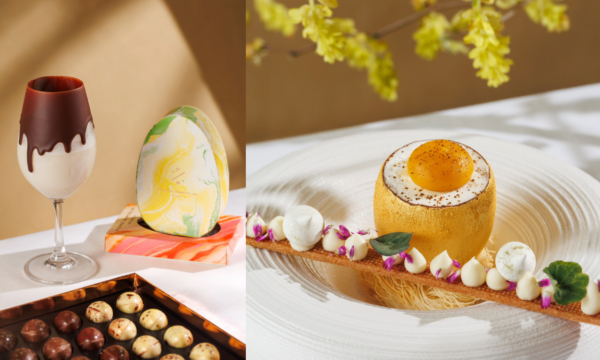
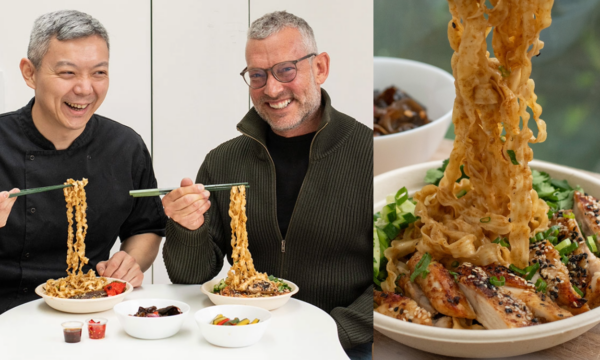
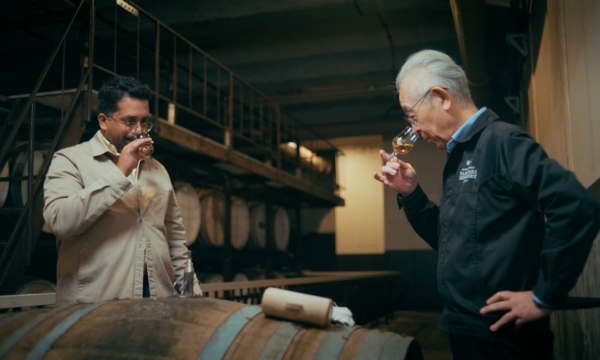
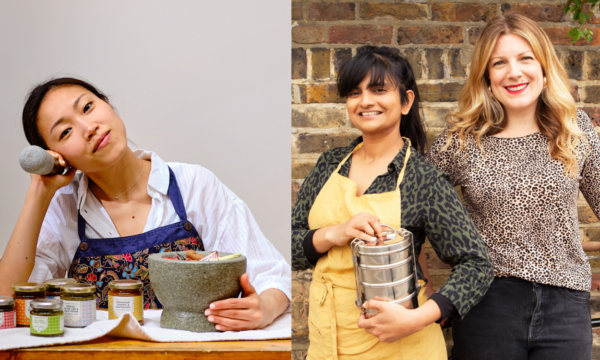

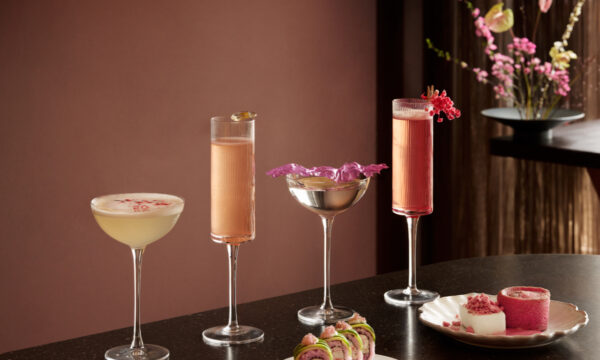











Facebook
Twitter
Instagram
YouTube
RSS